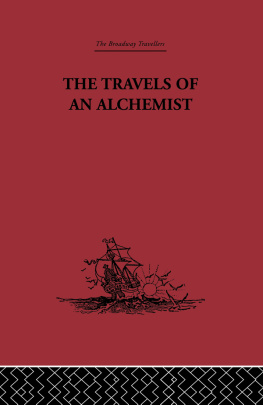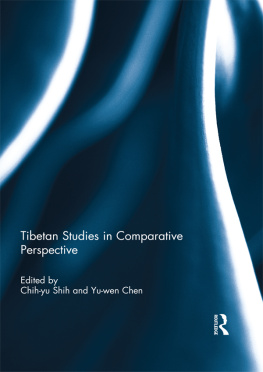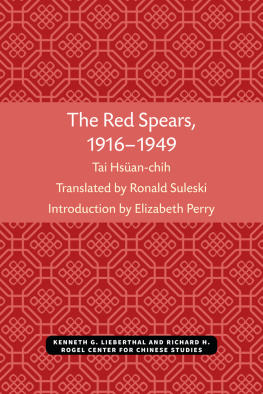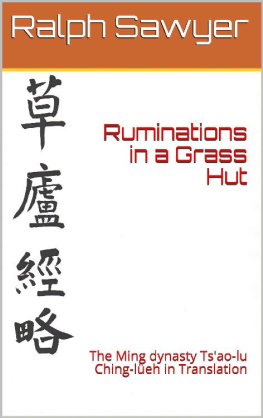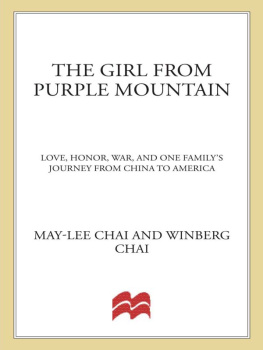Tsao Pi Transcendent
The Political Culture of Dynasty
Founding in China at the End of the Han
Howard L. Goodman
First published 1998
by Scripta Serica, Seattle, Washington
This edition published 2016 by Routledge
2 Park Square, Milton Park, Abingdon, Oxon OX14 4RN
711 Third Avenue, New York, NY 10017, USA
Routledge is an imprint of the Taylor & Francis Group, an informa business
1998, Scripta Serica
Distributed Worldwide by Curzon Press, Ltd.
15 The Quadrant, Richmond
Surrey TW9 1BP
England
All Rights Reserved.
No part of this book may be used or reproduced in any manner whatsoever without written permission. No part of this book may be stored in a retrieval system or transmitted in any form or by any means including electronic, electrostatic, magnetic tape, mechanical, photocopying, recording, or otherwise without the prior permission in writing of the publisher.
Text face is a modified GillSans; display is Adobe VAG Rounded and Adobe Poppl-Laudatio; Chinese is Dynafont Xiante; and Japanese is Apple Honminch. Production was done on a MAC work-station, running Apple language kits.
Design, Layout, and Production by Multilingual Design
Seattle, Washington
ISBN 13 : 978-0-9666300-0-8 (hbk)
Dust-jacket art: Kuan pei tu
Attributed to Kuo Hsi , Sung dynasty Collection of the National Palace Museum Taipei, Republic of China
Frontispiece: Detail of extant rubbing of the Stele of 221 A.D.
Reproduced from Kanda Kiichiret al., eds., Shod zensh(Tokyo: Heibonsha, 1955-58), pl. 55 (See infra.: chap. 11, p. 198; doc. 53)
TABLE OF CONTENTS
PART I
RULING AUTHORITY AND LEGITIMACY BEFORE THE HAN-WEI TRANSITION
PART II
NOVEMBER 19 TO DECEMBER 11: A MESS OF INK
PART III
REVERBERATIONS
M y first studies in the history of Chinas early-medieval period, that ranging from about 200 A.D. to the Tang consolidation early in the 600s, grew out of an introduction to Chinese literature that I heard in the late Hellmut Wilhelms class and his excitement for the poetry and classical scholarship that flourished during the Tsao-Wei dynasty a fascinating time of mystery study and neoTaoism. I ended up writing an M.A. thesis on Wang Pis third-century Iching commentary. Ten years later I produced a Ph.D. that expanded the earlier subject to include all commentators of the l-ching from about 190 to 300 A.D., their interpretive strategies, and the scholarly horizons of and interrelations among their families. This all represented a path more social-historical and sourcecritical than that of the M.A., but it still lacked some sort of take on the politics and events of Tsao-Wei history. I desired such a take, because I suspected that mystery study and neo-Taoism had various, and quite specific, political and cultural resonances for thinkers of that time. I felt we needed a better picture of what a scholar did in his real world of official and family duties. What did he do to prepare for writing about mystery or the tao? During early-medieval China, as in our present tele-political world, did influential speakers allude to literary, artistic, and even religious matters by means of cues and gestures? And did such allusions connect dynamically to the politics of culture and the political culture of dynasty-founding, such that a stylish new emperor would strain just as much to exert cultural influence as he did bureaucratic and political control?
The book at hand delves these questions by providing a snapshot, as it were, of the political culture of the Tsao-Wei dynastic founding. It is not only a short political narrative but also a background for the world of early-medieval scholars. The focus is tight just the first two generations of leading families and institutions at the onset of the early-medieval period, which we call the Han-Wei transition. The genesis of the book occurred about six years ago, when I offered a seminar introducing Han-Wei history and historiography. My own graduateschool mentors had taught me that the standard histories need careful criticism, that they all differ in make-up and ad hominen colorations, and with a critical approach can yield much useful evidence. With that in mind, I turned to San-kuo chih and its commentary, reading the chronicles of just the opening months of the new imperial court of 220 A.D. My seminar students and I reviewed both the narrative chronology, source criticism (especially that of late-Ching philologists and the work of Lu Pi ) , and biographical material on all the persons mentioned in connection with the dynastic founding. We never did get beyond a small part of the text because we became interested in the many rivulets that led from the bare narrative to the wider culture. Upon examining closely all those persons, we saw that they were mostly authoritative scholars, critics, masters of arts and practices, and exegetes of ritual. It was a political world that reminded me of the medieval Europe described in Ernst Kantorowiczs The Kings Two Bodies, simply in terms of its richness. The techniques and ideas of Chinas larger culture had to be seen as major forces impelling both the politics and the fragile policies of the Han-Wei transition.
The two primary techniques employed in the present book are prosopography and literary-historical interpretation. Prosopography (literally, descriptions of persons) is a method of social history that gathers personages from a locale (for example, headstones in a graveyard, names on a town hail record), from institutional settings (generations of an extended family, staff in related bureaus), or as simply named in a text. The historian looks for actual patterns of association and refines the groupings shape and function by both internal and external evidence. The object is to bring out social implications for proposing a history of that locale, institution, or literary development. Here, my prosopography derives somewhat from regional groupings, but those are on the weak side. The more direct and important groups are derived from the lists of court advisers that appear in several texts, and various institutional and family relationships as well.
The literary-historical analysis treats two sources: the speeches of these court advisers, often delivered as memoranda or petitions from a group (or given by Tsao Pi or the Han emperor as orders), and a stele text. Almost all of the speeches derive from Pei Sung-chihs (372-451) commentary to San-kuo chih titled San-kuo chih chu , specifically from several long quotations of a contemporaneous annal, Hsien-ti chuan , that dealt with the weeks of dynastic deliberation. The stele text, only partly quoted in the latter, is extant in full through ancient rubbings and epigraphical studies beginning in the Tang. The result of the close contextual analysis is to be able to recognize social and intellectual motives behind the words and ideas of these men. Through what texts did an adviser come up with a certain idea or complex of ideas? Who supported the new emperor and who resisted? What was the hook of the coming dynastic era, as envisioned during these months? Did the voices of the new era distort tradition and bend cultural icons, and if so was it a clever and appealing distortion or just heavy-handed propaganda?


